- About us
- Support the Gallery
- Venue hire
- Publications
- Research library
- Organisation chart
- Employment
- Contact us
- Make a booking
- Onsite programs
- Online programs
- School visit information
- Learning resources
- Little Darlings
- Professional learning
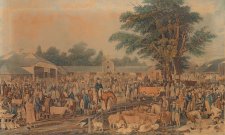

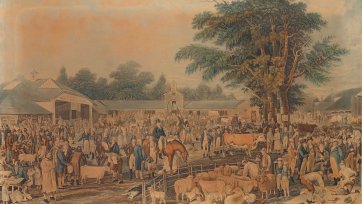
Purchased 2018
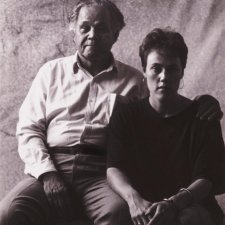
Joseph Croft (c. 1926–1996), Aboriginal activist, was a Gurindji/Mudpurra man from the Northern Territory and member of the Stolen Generations.
1 portrait in the collection

Joseph Jauffret was master of appeals to the French council of state from 1814 to 1836 and was created a count in 1823.
1 portrait in the collection
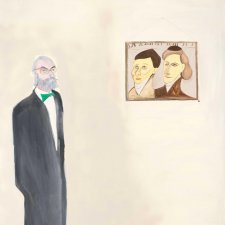
Joseph Brown AO OBE (1918–2009), art collector, art dealer and philanthropist, arrived in Australia with his father and siblings from Poland in 1933; his mother had passed away shortly before their departure.
2 portraits in the collection
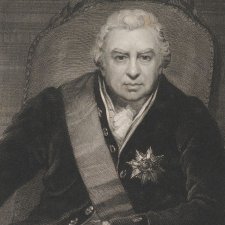
Joseph Banks KCB (1743-1820), naturalist, grew up on his father's Lincolnshire estate, Revesby, but his lifelong interest in botany developed at Eton and Oxford.
13 portraits in the collection
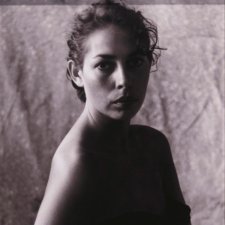
Telphia Joseph, a Wajarri Yamatji woman from Western Australia, is an Associate Lecturer at the University of New South Wales School of Population Health and Community Medicine, where she teaches Aboriginal and Torres Strait Islander health focus subjects.
1 portrait in the collection
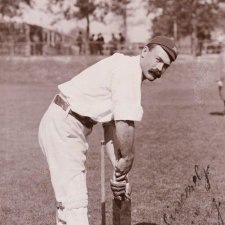
Joseph Darling (1870–1946) took up cricket in earnest while a student at Prince Alfred College in Adelaide and was fifteen when he set a new record for the highest innings (252) scored in South Australia.
2 portraits in the collection
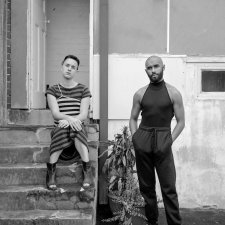
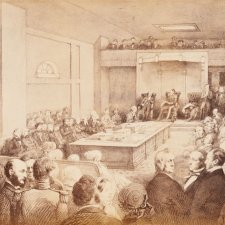
Charles Joseph La Trobe (1801-1875), colonial administrator, travelled widely in Europe and America before beginning his colonial career in the West Indies in 1837.
3 portraits in the collection
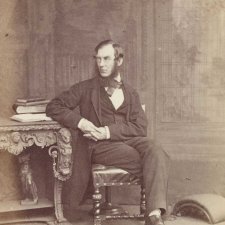
Sir Joseph Dalton Hooker OM GCSI CB MD FRS (1817-1911), botanist, explorer and medical doctor, visited Australia as a member of James Clark Ross's Antarctic expedition of 1839 to 1843.
2 portraits in the collection
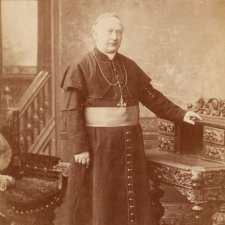
Thomas Joseph Carr (1839–1917) was the second Catholic archbishop of Melbourne, the successor to James Alipius Goold.
2 portraits in the collection
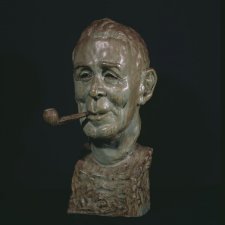
Ben Chifley was Australia’s 16th Prime Minister. A railway engine driver in his home town of Bathurst, New South Wales, Ben Chifley became one of the most highly regarded of Australia’s Prime Ministers.
2 portraits in the collection
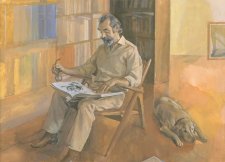

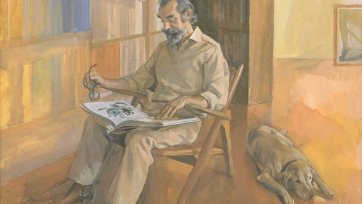
Collection: National Portrait Gallery
Gift of Dr Joseph Brown AO OBE 2006
Donated through the Australian Government's Cultural Gifts Program
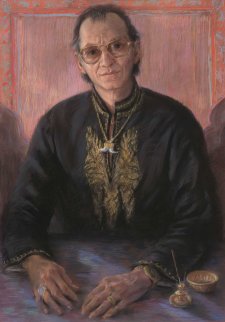

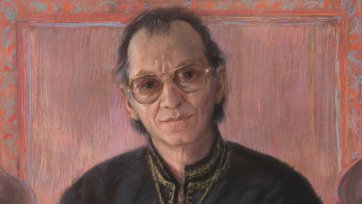
Collection: National Portrait Gallery
Gift of Joseph Mathew Cotta and Gladys Maria Cotta 2016
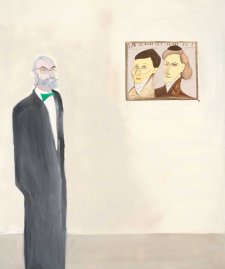

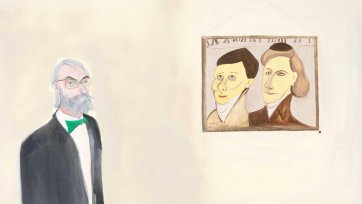
Gift of the artist 2021. Donated through the Australian Government's Cultural Gifts Program.
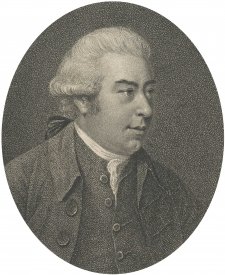

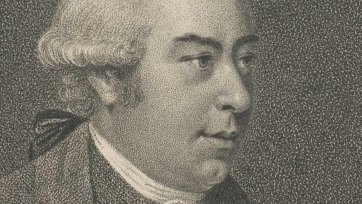
Collection: National Portrait Gallery
Gift of Gina and Ted Gregg 2010
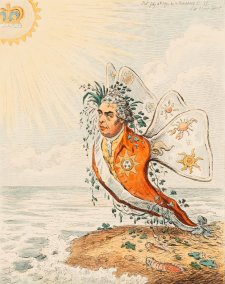

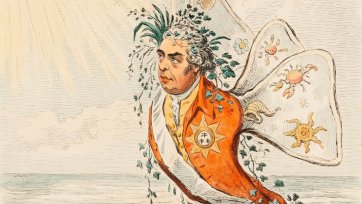
Gift of Douglas Stewart Fine Books 2013
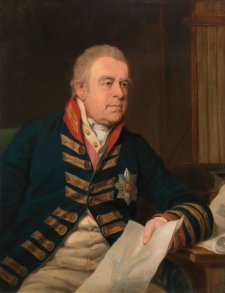

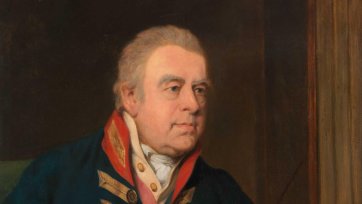
Purchased 2011
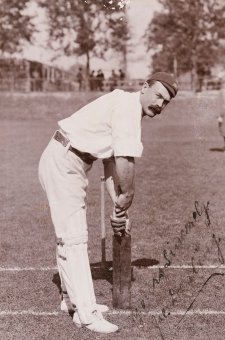

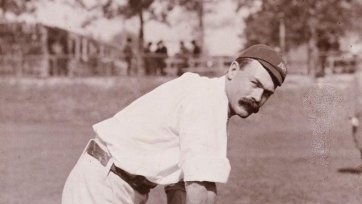
Collection: National Portrait Gallery
Purchased with funds provided by L Gordon Darling AC CMG 2014
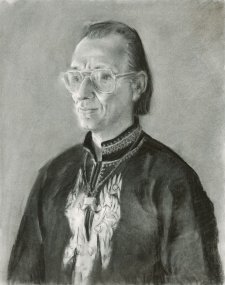

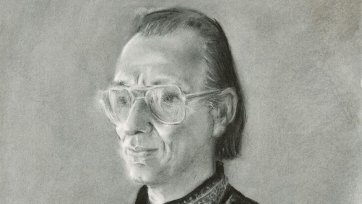
Collection: National Portrait Gallery
Purchased 2015
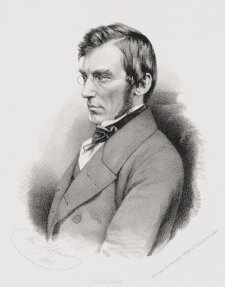

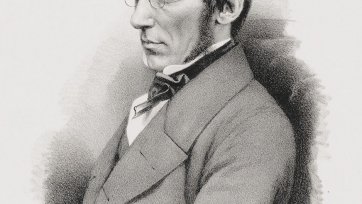
Collection: National Portrait Gallery
Purchased 2012
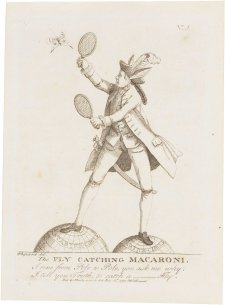

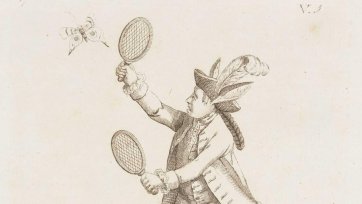
Collection: National Portrait Gallery
Purchased 2018
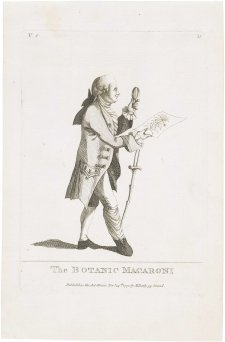

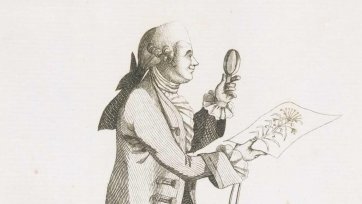
Collection: National Portrait Gallery
Purchased 2018
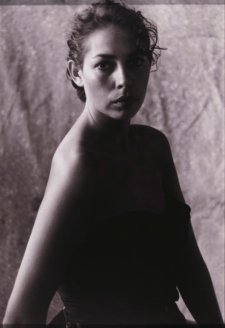

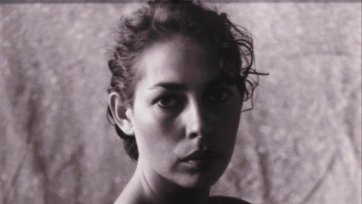
Purchased 2013
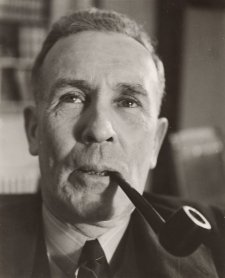

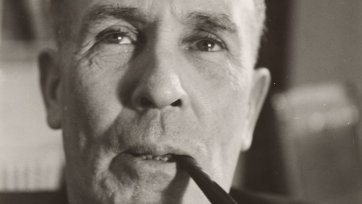
Gift of Danina Dupain Anderson 2017. Donated through the Australian Government's Cultural Gifts Program.
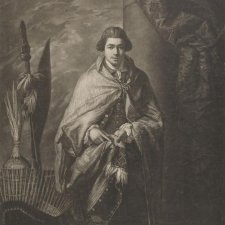
Celebrating a new painted portrait of Joseph Banks, Sarah Engledow spins a yarn of the naturalist, the first kangaroo in France and Don, a Spanish ram.


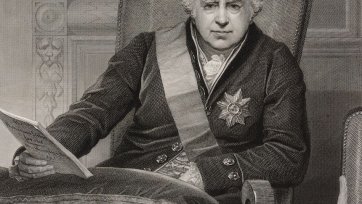
Purchased 2010
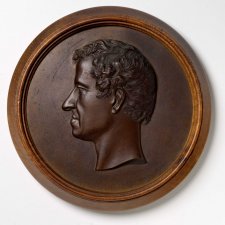

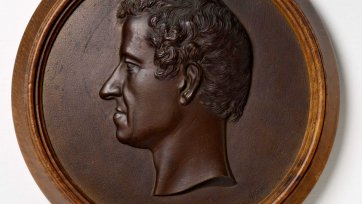
Purchased 2006
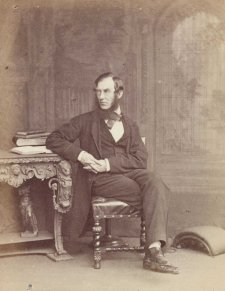

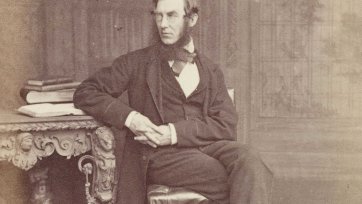
Collection: National Portrait Gallery
Purchased with funds provided by L Gordon Darling AC CMG 2009
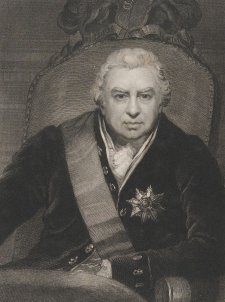

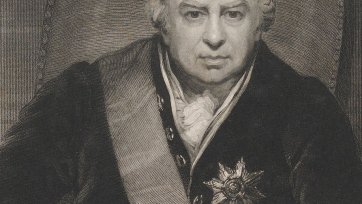
Collection: National Portrait Gallery
Gift of Gina and Ted Gregg 2010
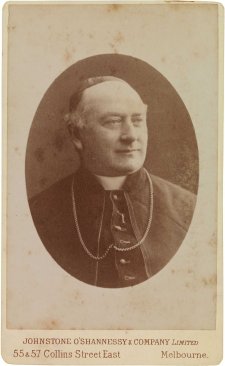

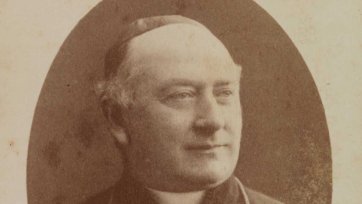
Collection: National Portrait Gallery
Purchased 2010
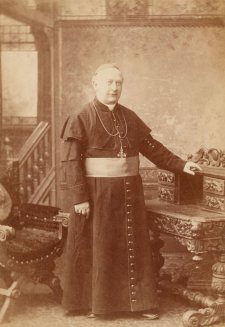

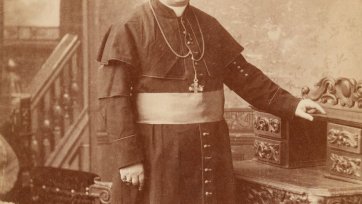
Collection: National Portrait Gallery
Purchased 2015
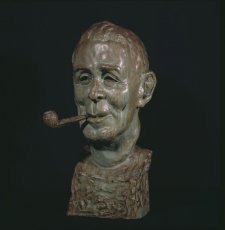

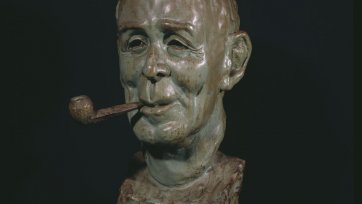
Collection: National Portrait Gallery
Gift of the Frith family 2006
Donated through the Australian Government's Cultural Gifts Program
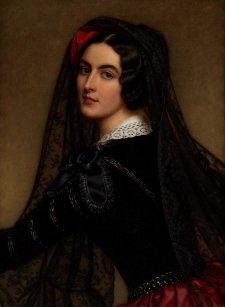

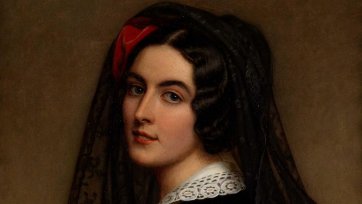
Purchased 2010
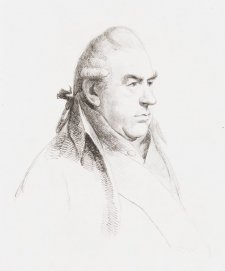

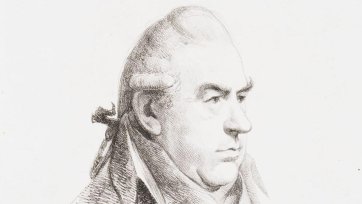
Collection: National Portrait Gallery
Purchased 2014
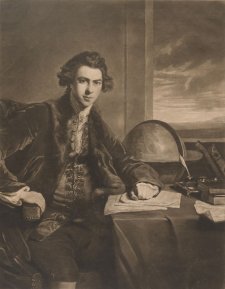

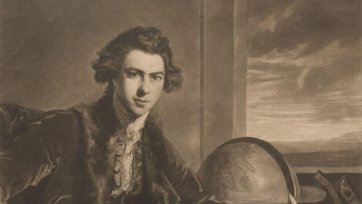
Purchased 2008
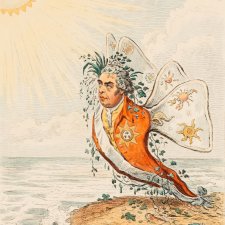
The caricaturist and engraver James Gillray's biting satires about Sir Joseph Banks.
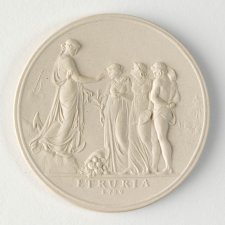
In recent years I have become fascinated by the so-called Sydney Cove Medallion (1789), a work of art that bridges the 10,000-mile gap between the newly established penal settlement at Port Jackson and the beating heart of Enlightenment England.
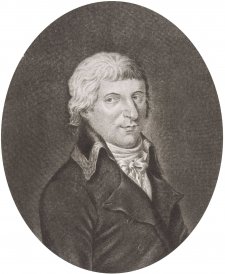

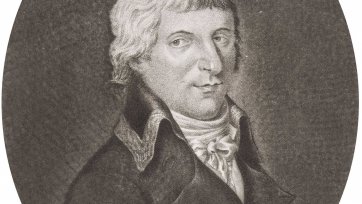
Collection: National Portrait Gallery
Purchased 2015
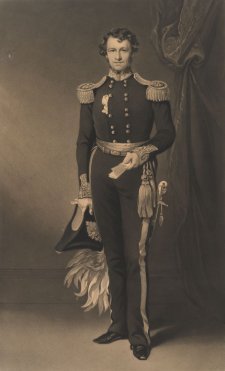

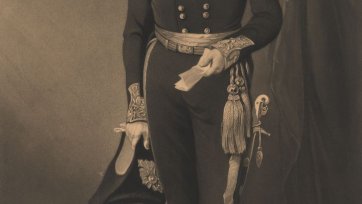
Purchased 2010
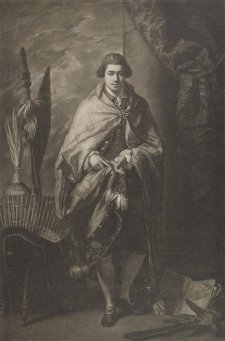

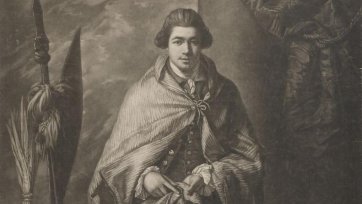
Purchased 2010
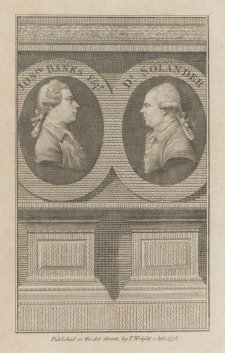

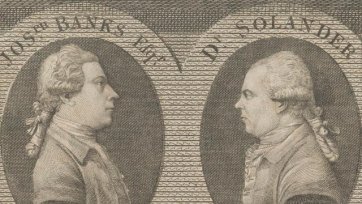
Collection: National Portrait Gallery
Gift of Gina and Ted Gregg 2010

Collection: National Portrait Gallery
Purchased 2017
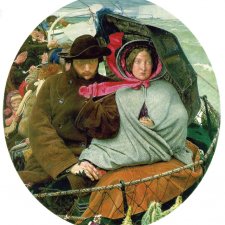
In 2006 the National Portrait Gallery acquired a splendid portrait of Victoria's first governor, Lieutenant Governor Charles Joseph La Trobe by Thomas Woolner.
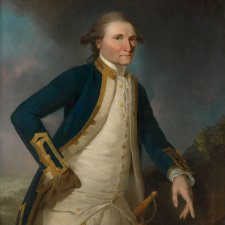
Shipmates for years, James Cook and Joseph Banks each kept a journal but neither man shed light on their relationship.
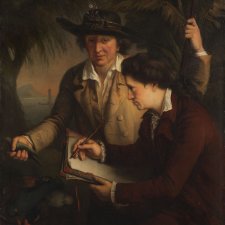
The portrait of Dr. Johann Reinhold Forster and his son George Forster from 1780, is one of the oldest in the NPG's collection.

Robert Oatley talks about the repatriation of the John Webber portrait of Captain James Cook.
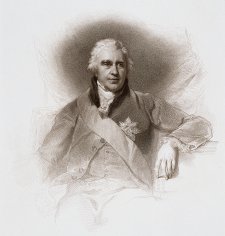

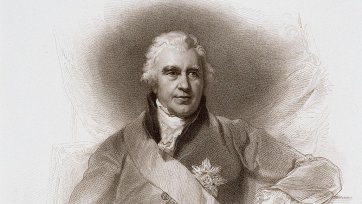
Purchased with funds provided by the Australian Decorative and Fine Arts Society Canberra 2000
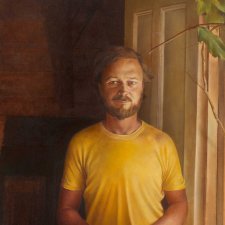
As Bryan Westwood’s portrait of Brian Dunlop hangs adjacent to Brian Dunlop’s portrait of the philanthropist Dr Joseph Brown AO OBE, we see the artist of one work as the subject of the other.
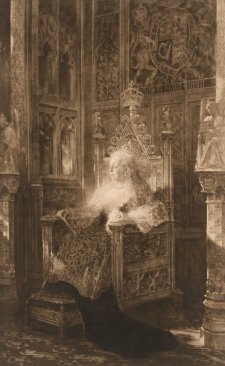

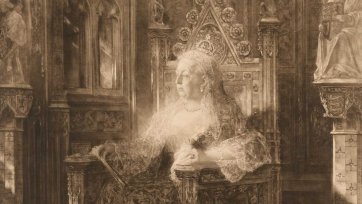
Collection: National Portrait Gallery
Purchased 2018
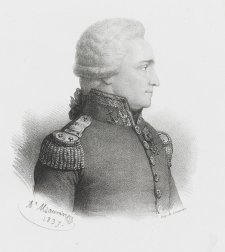

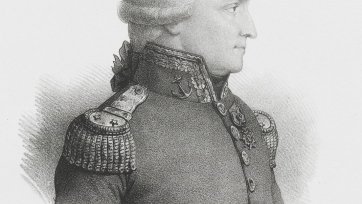
Collection: National Portrait Gallery
Purchased 2009
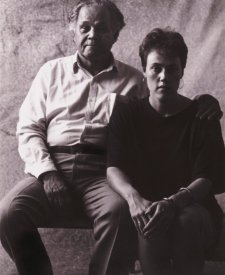

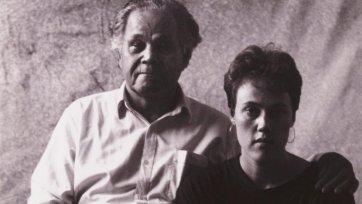
Purchased 2013
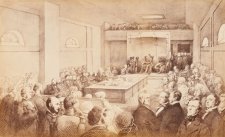

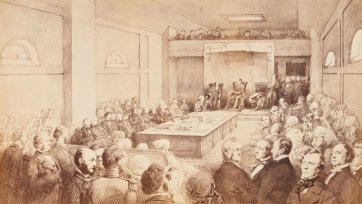
Purchased 2013
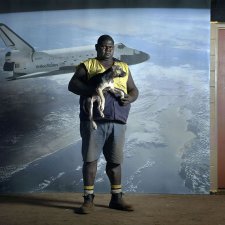
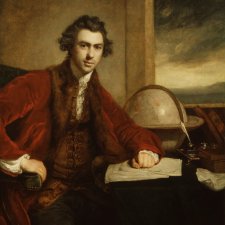
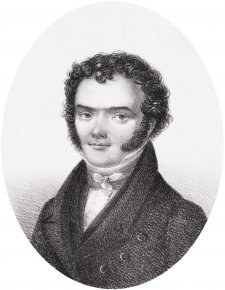

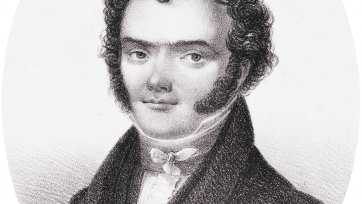
Collection: National Portrait Gallery
Purchased 2014
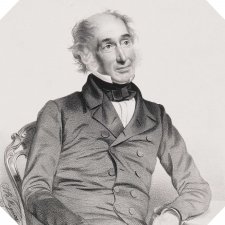
William Jackson Hooker (1785–1865), botanist, was the first Director of the Royal Botanic Gardens, Kew, in which capacity he had significant influence on the study of Australian flora.
1 portrait in the collection
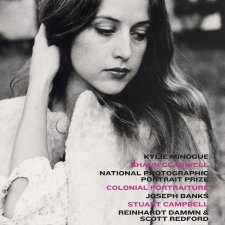
This issue features the National Photographic Portrait Prize, Neil Murray, Lee Tulloch on Stuart Campbell, Joseph Banks, Scott Redford and more.
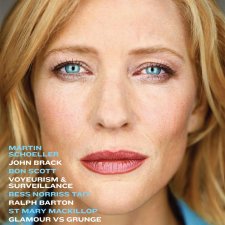
This issue features Martin Schoeller, Bess Norriss Tait, Emanuel Solomon and the sisters of St Joseph, Rennie Ellis and AC/DC, John Brack and more.
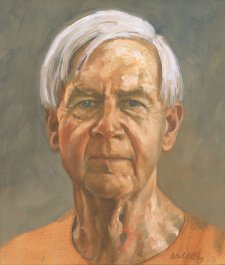

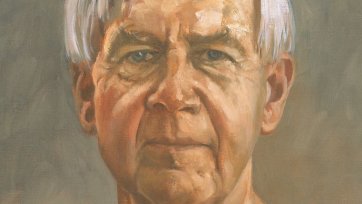
Collection: National Portrait Gallery
Gift of Dr Joseph Brown AO OBE 2006
Donated through the Australian Government's Cultural Gifts Program

James Heath commenced an apprenticeship with an engraver named Joseph Collyer at the age of fourteen.
2 portraits in the collection
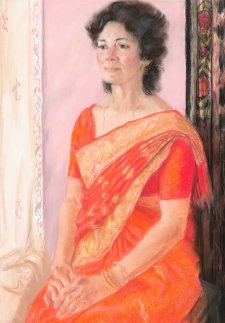


Collection: National Portrait Gallery
Gift of Joseph Mathew Cotta and Gladys Maria Cotta 2016

William Dickinson (1746-1823) was a London-born draughtsman, engraver and print publisher.
1 portrait in the collection
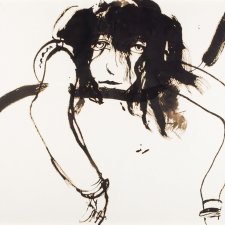
Idle hours is an exhibition of luxurious beauty. Paintings, prints and drawings represent subjects in quiet moods and situations arranged according to the time of day they depict - reading, drawing, snoozing, bathing, sewing, gardening, sitting, looking, making love and spending tranquil time with companions. Works in the exhibition range from the beginning of the twentieth century to the present.

Wes Walters (1928-2014), painter, studied architecture in Geelong and art at the Ballarat School of Mines before embarking on a successful career as a freelance commercial artist in 1950.
3 portraits in the collection
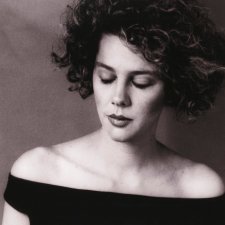
Community, arts, activism
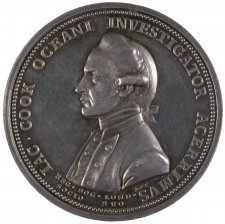

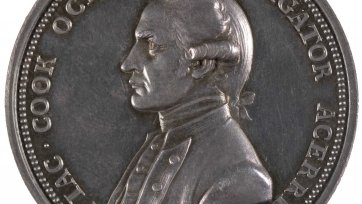
Collection: National Portrait Gallery
Purchased with funds provided by Robert Oatley AO 2007
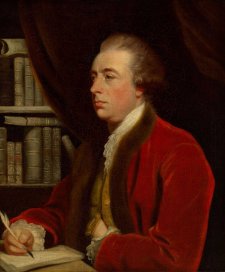

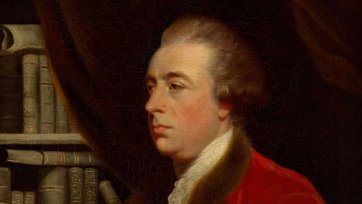
Collection: National Portrait Gallery
Purchased with funds provided by the Liangis family 2018
![Maria Dowling and her children Leura, Bessie, Selina, Jane, Jack, Ben and Joe Dowling [Selina Dowling, Jane Dowling, Maria Jane Dowling (née Ware), John Ware Dowling, Joseph Dowling, Benjamin Dowling, Elizabeth (Bessie) Dowling, Leura Dowling] Maria Dowling and her children Leura, Bessie, Selina, Jane, Jack, Ben and Joe Dowling [Selina Dowling, Jane Dowling, Maria Jane Dowling (née Ware), John Ware Dowling, Joseph Dowling, Benjamin Dowling, Elizabeth (Bessie) Dowling, Leura Dowling]](/files/a/0/3/f/i16150-sl.jpg)
![Maria Dowling and her children Leura, Bessie, Selina, Jane, Jack, Ben and Joe Dowling [Selina Dowling, Jane Dowling, Maria Jane Dowling (née Ware), John Ware Dowling, Joseph Dowling, Benjamin Dowling, Elizabeth (Bessie) Dowling, Leura Dowling] Maria Dowling and her children Leura, Bessie, Selina, Jane, Jack, Ben and Joe Dowling [Selina Dowling, Jane Dowling, Maria Jane Dowling (née Ware), John Ware Dowling, Joseph Dowling, Benjamin Dowling, Elizabeth (Bessie) Dowling, Leura Dowling]](/files/a/0/3/f/i16150-sl.jpg)
![Maria Dowling and her children Leura, Bessie, Selina, Jane, Jack, Ben and Joe Dowling [Selina Dowling, Jane Dowling, Maria Jane Dowling (née Ware), John Ware Dowling, Joseph Dowling, Benjamin Dowling, Elizabeth (Bessie) Dowling, Leura Dowling] Maria Dowling and her children Leura, Bessie, Selina, Jane, Jack, Ben and Joe Dowling [Selina Dowling, Jane Dowling, Maria Jane Dowling (née Ware), John Ware Dowling, Joseph Dowling, Benjamin Dowling, Elizabeth (Bessie) Dowling, Leura Dowling]](/files/a/0/3/f/i16150-ths.jpg)
Gift of Malcolm Robertson in memory of William Thomas Robertson 2018. Donated through the Australian Government's Cultural Gifts Program.
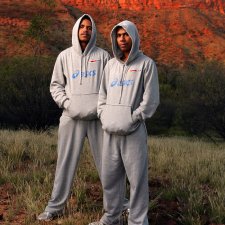
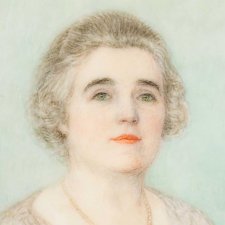
Dame Enid Lyons AD GBE (1897–1981) was the first woman elected to the Federal House of Representatives.
1 portrait in the collection

Johann Reinhold Forster (1729-1798), German/Scottish naturalist and writer, began his career as a pastor near Danzig.
1 portrait in the collection
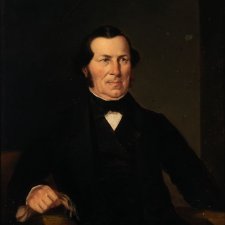
Jeremiah Ware (1792–1878) arrived in Van Diemen’s Land in 1822 with his wife, Mary (née Brooks, c.
1 portrait in the collection

Jeremiah Ware (1792–1878) arrived in Van Diemen’s Land in 1822 with his wife, Mary (née Brooks, c.
1 portrait in the collection
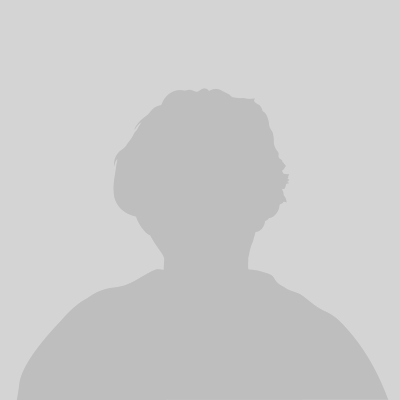
The Photographic Society of Victoria was formed in 1876 to 'bring photographers together in a friendly spirit, in order to advance the art and science of photography in the colony, without any attempt at binding or dictating to members any special trading rules, such as charges for photographs or hours or days for closing or opening their respective establishments.' At the time of the first annual meeting on 9 March 1877 there were 61 members, five whom were ladies.
1 portrait in the collection

Influential Indigenous Australian artist Michael Riley (1960 - 2004) created these portrait photographs between 1984 and 1990 - they stand as an intricately connected group portrait of the vibrant urban-based Indigenous arts community in Sydney's inner-west at a formative moment.

Sandra Bruce explores a new acquisition that has within it a story of interconnectivities in the Australian art world.

Elliott & Fry, a photography studio and photographic film manufacturer, was founded in 1863 at 55-56 Baker Street, London by Joseph John Elliott and Clarence Edmund Fry.
2 portraits in the collection

Lieutenant John Watts (1755-1801) joined the Navy in 1770 and embarked with James Cook in 1776 on the fatal voyage of the Resolution.
1 portrait in the collection
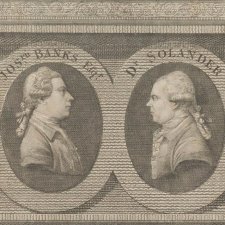
Daniel Solander (1733-1782), naturalist, was a student of Carl Linnaeus, the Swede who devised and systemised the classification of plants and animals used today.
3 portraits in the collection
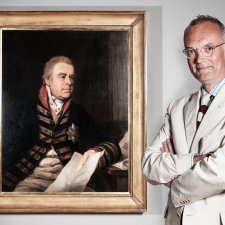
Portraits can render honour to remarkable men and women, but there are other ways.
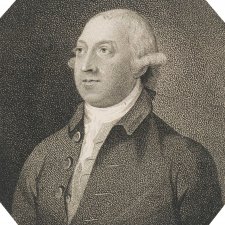
Thomas Pennant (1726-1798), Welsh traveller, antiquary, naturalist, and author, visited Joseph Banks in September 1771, shortly after Banks returned from his voyage with Cook on the Endeavour.
1 portrait in the collection
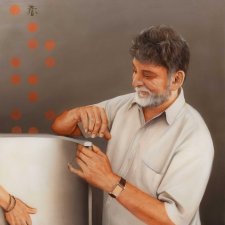
Eminent doctors and scientists have for more than a century consistently caused our nation to punch far above her weight.
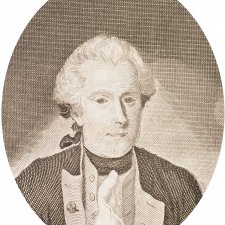
Philip Gidley King (1758-1808), naval officer and governor, joined the navy in late 1770 and served in the East Indies and American waters.
1 portrait in the collection

The king and the showgirl

Sir Joshua Reynolds (1723-1792), acknowledged as one of the world's great portraitists, was master of portraits in the 'Grand Manner', replete with moral and heroic symbolism.
3 portraits in the collection

Frederick Woodhouse Senior, painter, lithographer and engraver, arrived in Melbourne in 1858 in the Parsee to establish himself as a horse portraitist.
1 portrait in the collection
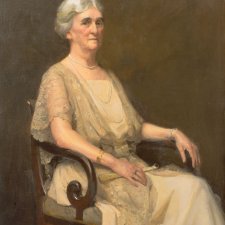
Edith Knox (1855–1942), matriarch, was a daughter of Janet and Scottish-born merchant and businessman Joseph Scaife Willis, who was president of the Sydney Chamber of Commerce and a founding director of the Sydney Exchange Co.
1 portrait in the collection

Samuel Johnson Woolf, American painter, lithographer and illustrator, was born in New York City and named after the English essayist Samuel Johnson.
1 portrait in the collection
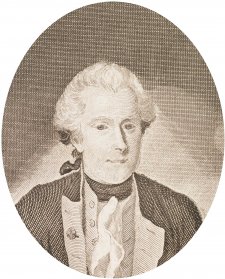

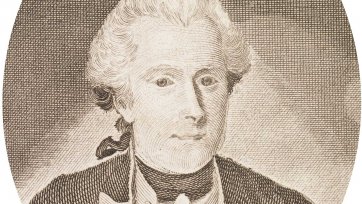
Purchased 2010

Aileen Dent (1890–1979), painter, is the most-exhibited woman artist in the Archibald Prize, with 63 works hung between 1921 and 1962.
1 portrait in the collection

Thomas Phillips was born in Dudley, Warwickshire and initially trained as a glass painter before moving to London, aged 20, with a letter of introduction to the painter Benjamin West.
6 portraits in the collection
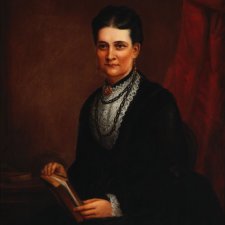
Emily Ross (née Fairfax) (1832-1871) was the eldest child of newspaper publisher John Fairfax - who founded the Fairfax news dynasty in Sydney in 1841 - and his wife Sarah.
1 portrait in the collection
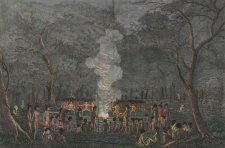

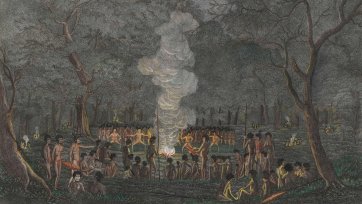
Purchased 2013


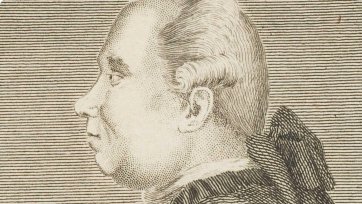
Collection: National Portrait Gallery
Purchased 2009
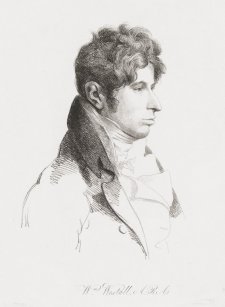

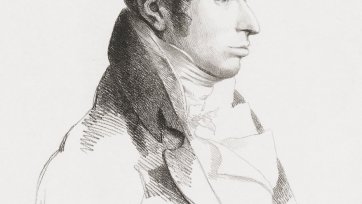
Collection: National Portrait Gallery
Purchased 2011
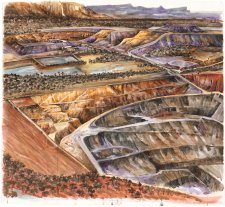

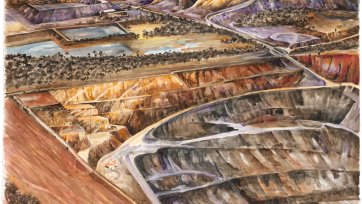
Commissioned with funds from the Basil Bressler Bequest 2001


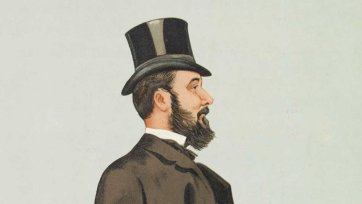
Gift of Ronald Walker 2002
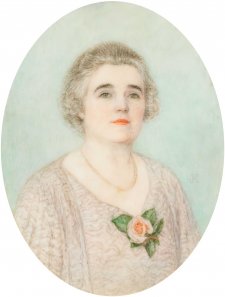

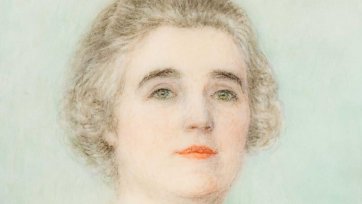
Purchased 2016

Sir Thomas Lawrence (1769-1830) was one of the leading portrait painters of the Georgian era.
8 portraits in the collection
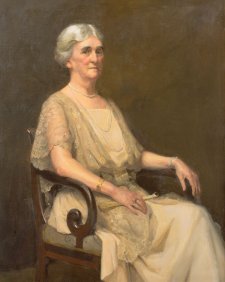

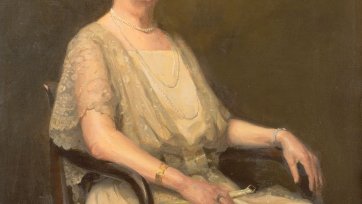
Gift of Mrs Caroline Philippa Parker 2005. Donated through the Australian Government's Cultural Gifts Program.
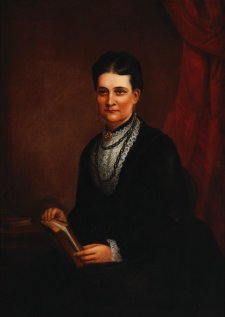

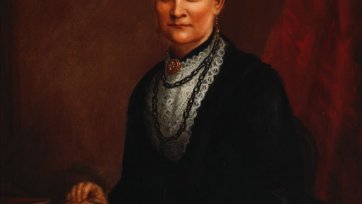
Collection: National Portrait Gallery
Gift of John Fairfax Holdings Ltd 2002
Donated through the Australian Government's Cultural Gifts Program
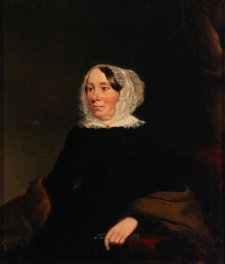

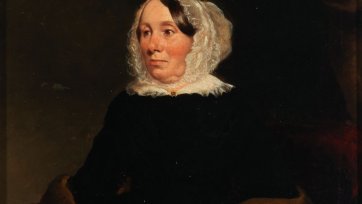
Purchased with funds provided by Mary Isabel Murphy and Rosalind Blair Murphy 2014
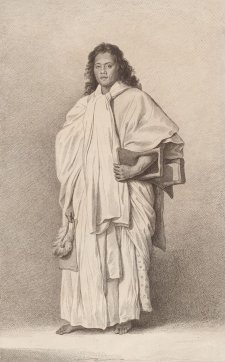

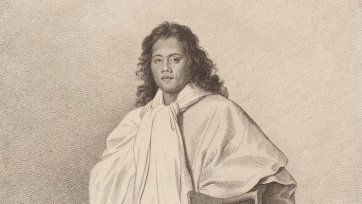
Purchased with funds provided by Robert Oatley AO 2007
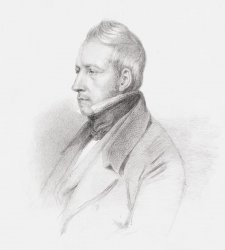

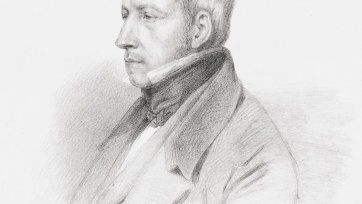
Collection: National Portrait Gallery
Purchased 2014
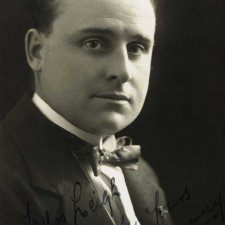
Joseph Browning Mummery (1888-1974), was born in inner suburban Melbourne to a musically-inclined family who fostered his interest in singing.
1 portrait in the collection
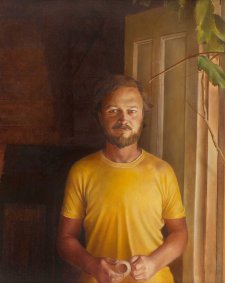

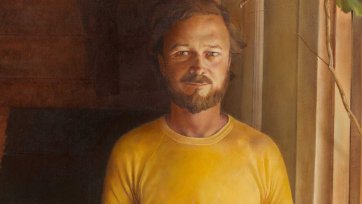
Collection: National Portrait Gallery
Gift of Dr Joseph Brown AO OBE 2006
Donated through the Australian Government's Cultural Gifts Program

Brian Dunlop studied at East Sydney Technical College and won the Le Gay Brereton Prize for Drawing while still a student.
7 portraits in the collection
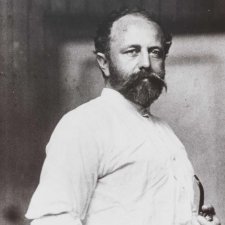
Alfred George Stephens (1865–1933), editor, journalist and publisher, was born and educated in Toowoomba.
1 portrait in the collection

Hong Fu was born in China in 1946 and held his first solo exhibition at the National Art Gallery, Beijing, in 1988.
1 portrait in the collection
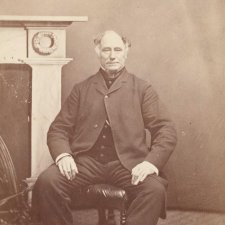
William Robertson (1798-1874), pastoralist and entrepreneur, was a key player in the settlement of Victoria in the 1830s.
3 portraits in the collection
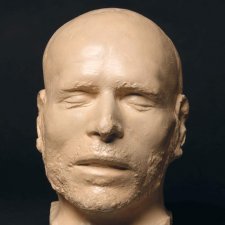
From infamous bushranger to oyster shop display, curator Jo Gilmour explores the life of George Melville.

John Henniker Heaton (1848-1914) worked as a jackaroo upon his arrival in New South Wales in 1864, but soon turned to journalism, writing for the Cumberland Mercury, Goulburn Penny Post and the Sydney based weekly the Town and Country Journal.
1 portrait in the collection
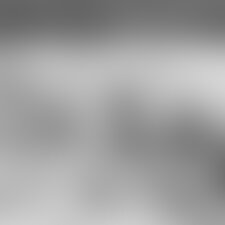
Harry Seidler AC OBE (1923–2006), architect and designer, was born in Vienna and completed his early architectural studies in England and Canada.
4 portraits in the collection
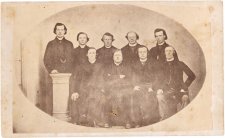

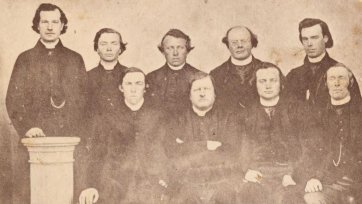
Purchased 2018
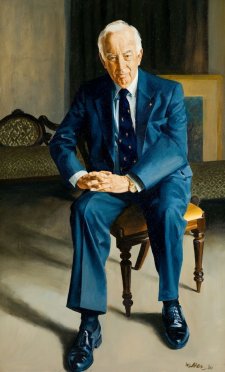


Collection: National Portrait Gallery
Gift of Marc Besen AO and Dr Joseph Brown AO OBE 2000
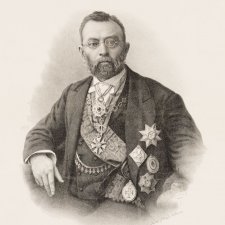
Sir Ferdinand Jakob Heinrich von Mueller KCMG (1825–1896), botanist, trained in pharmacy and botany in his native Germany before emigrating to Adelaide in 1847.
1 portrait in the collection
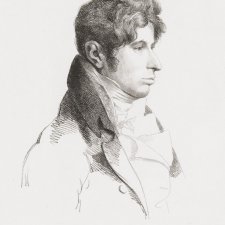
William Westall (1781-1850), grew up in London and was taught to draw by his elder half-brother Richard, who was drawing master to Princess Victoria.
1 portrait in the collection
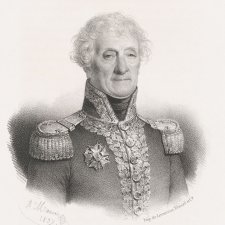
Baron Jacques Hamelin (1768-1839), French naval officer, began his sailing career at seventeen, making his first long voyage on a merchant marine ship to and from Angola.
1 portrait in the collection
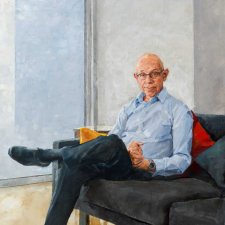
Fred Hilmer AO (b. 1945), economic policy and reform strategist, was the chief executive officer of John Fairfax Holdings from 1998 to 2005 and vice- chancellor of the University of New South Wales from 2006 to 2015.
1 portrait in the collection
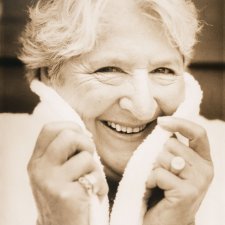
Dawn Fraser, Lionel Rose, Shane Gould and Cathy Freeman
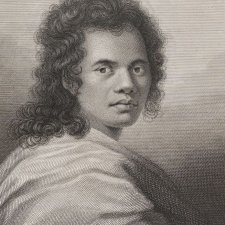
Omai (Mai) (c. 1750-1778), the first Polynesian to visit Britain, was a young man of middling social standing who volunteered to sail from Huahine to England with Captain Furneaux on the Adventure (the ship accompanying James Cook's Resolution on Cook's second voyage of discovery (1772-1775).
2 portraits in the collection
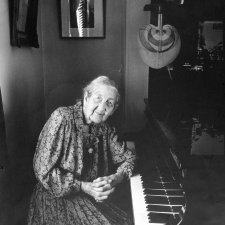
Miriam Hyde AO OBE (1913-2005), composer, recitalist, teacher, examiner, poet, lecturer and writer of numerous articles for music journals, studied first with her mother and then with William Silver at the Elder Conservatorium in Adelaide.
1 portrait in the collection
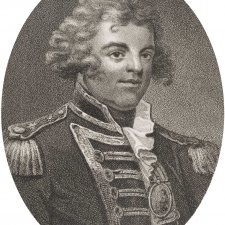
William Bligh (1754-1817), naval officer, was born in Plymouth and first went to sea at around the age of eight.
3 portraits in the collection
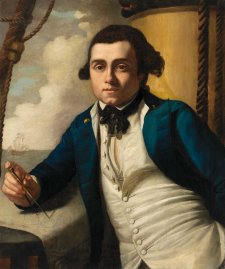

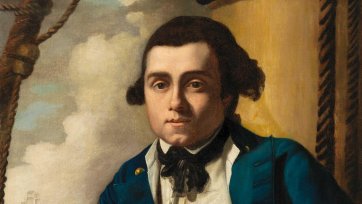
Purchased with funds provided by the Liangis family 2015
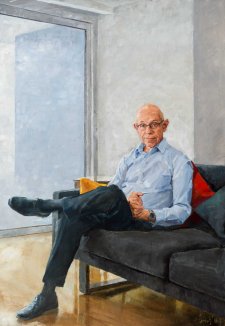

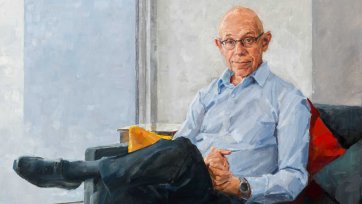
Commissioned with funds provided by Dr Helen Nugent AO 2018
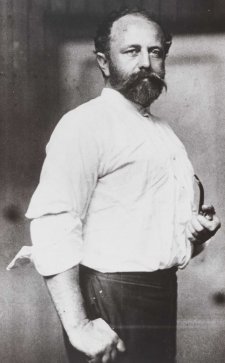

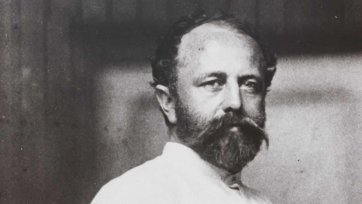
Collection: National Portrait Gallery
Purchased 2012

Emanuel Solomon gave shelter to the Sisters of St Joseph upon the excommunication of St Mary MacKillop.

Danila Vassilieff, born in Russia, arrived in Australia in the early 1920s having served in a Cossack cavalry regiment, been captured by Communist forces and escaped via Persia and India to China.
1 portrait in the collection

Herbert Benjamin George Larkin CBE (c. 1871- 1944), shipping administrator, came to Australia from England and joined the office of the Australian Steam Navigation Company.
1 portrait in the collection

David Collins (1756–1810), lieutenant-governor, began his career in the British Navy, rising to the rank of captain before being returning to dry land and being placed on half-pay in late 1783.
1 portrait in the collection
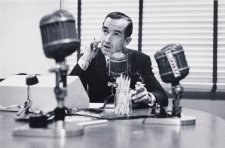


Collection: National Portrait Gallery
Gift of the artist 2001. Donated through the Australian Government's Cultural Gifts Program.
The series 'David Moore: From Face to Face' was acquired as a gift of the artist and with financial assistance from Timothy Fairfax AC and L Gordon Darling AC CMG 2001.
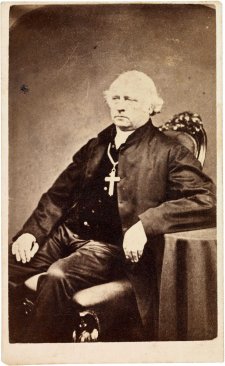

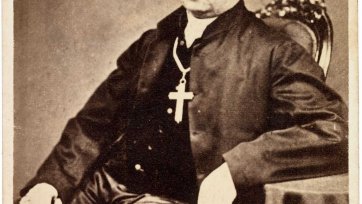
Collection: National Portrait Gallery
Purchased 2010
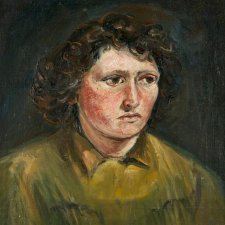
This is the first in a series of National Portrait Gallery exhibitions to survey the portraits painted by artists who are not thought of, primarily, as portrait painters
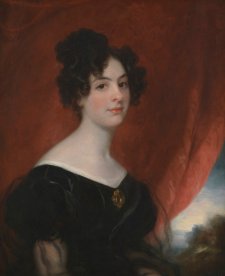

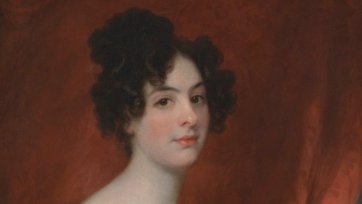
Purchased with funds provided by the Ian Potter Foundation 2008
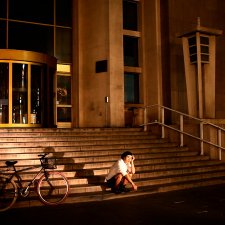
Press releases for media.
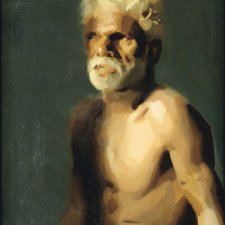
Originally conceived as an anthropological record, Percy Leason’s powerful 1934 portraits of Victorian Aboriginal people are today considered to be a highlight of 20th century Australian portraiture
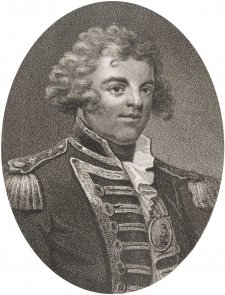

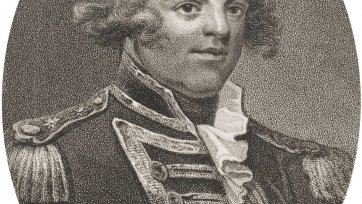
Purchased 2010
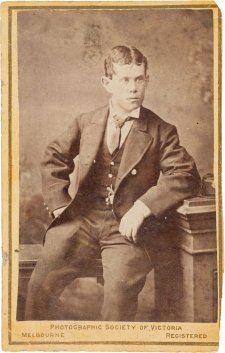

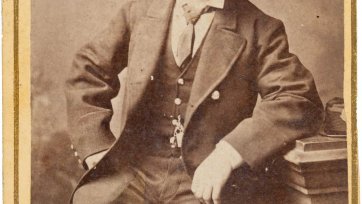
Purchased 2010
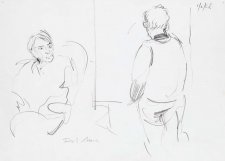

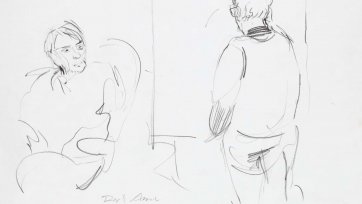
Collection: National Portrait Gallery
Gift of the artist 2016
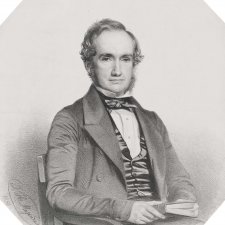
William Henry Harvey (1811-1866), botanist, formed a boyhood passion for natural history which was encouraged at Ballitore School, County Kildare.
1 portrait in the collection
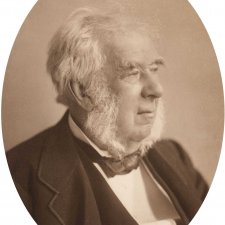
Sir Charles Nicholson (1808-1903), statesman, landowner, businessman, connoisseur, scholar and physician, was born illegitimately into unpropitious circumstances in Yorkshire.
2 portraits in the collection
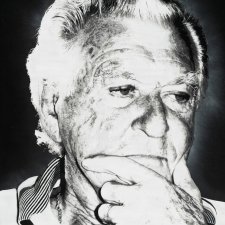
Seventeen of Australia’s thirty prime ministers to date are represented in the contrasting sizes, moods and mediums of these portraits.
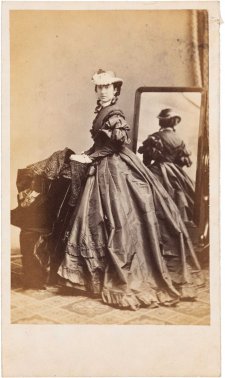

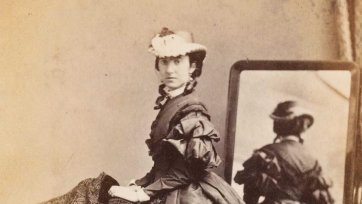
Purchased 2014
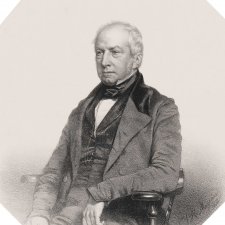
Robert Brown (1773–1858) is considered ‘the father of Australian botany’.
2 portraits in the collection
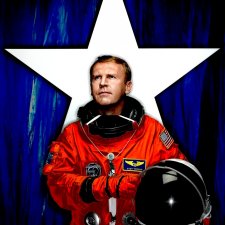
This exhibition showcases portraits acquired through the generosity of the National Portrait Gallery’s Founding Patrons, L Gordon Darling AC CMG and Marilyn Darling AC.


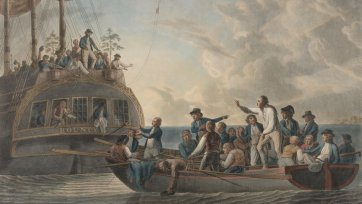
Purchased with funds provided by the Ian Potter Foundation 2008
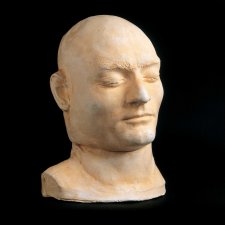
Death masks, post-mortem drawings and other spooky and disquieting portraits... Come and see how portraits of infamous Australians were used in the 19th century.

Commissioned with funds provided by Dr Helen Nugent AO 2018
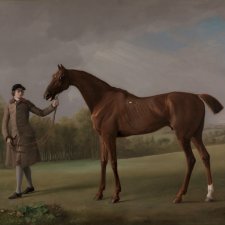
One of the chief aims of George Stubbs, 1724–1806, the late Judy Egerton’s great 1984–85 exhibition at the Tate Gallery was to provide an eloquent rebuttal to Josiah Wedgwood’s famous remark of 1780: “Noboby suspects Mr Stubs [sic] of painting anything but horses & lions, or dogs & tigers.”
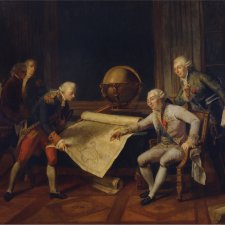
Joanna Gilmour describes some of the stories of the individuals and incidents that define French exploration of Australia and the Pacific.
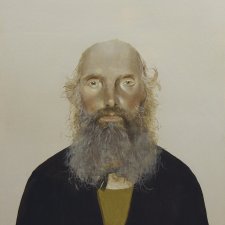
Sarah Engledow arrives at the junction of fate and hope in Sarah Ball’s poignant Immigrants series.
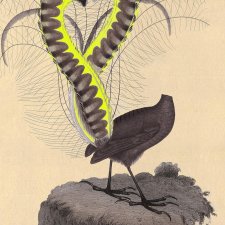
Emma Kindred looks at the career of Joan Ross, whose work subverts colonial imagery and its legacy with the clash of fluorescent yellow.
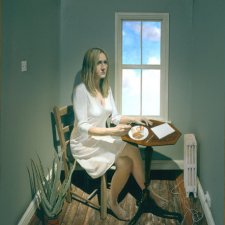
Lecture by Sandy Nairne, Director, National Portrait Gallery, London, given at the National Portrait Gallery, Canberra on 28 April 2006.

Scientists tend to conjure up images of men in white coats in labs but this is just one stereotype in an evolving history of how we have perceived scientists, and how their profession has been understood over the years.
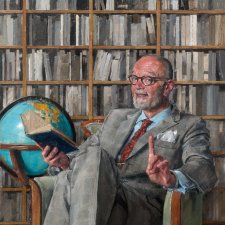
David Hansen’s tribute to his close friend, prince of words and former National Portrait Gallery director, the late Angus Trumble.
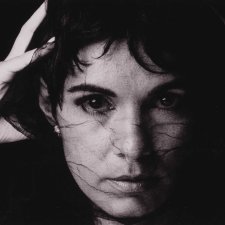
Michael Riley’s early portraits by Amanda Rowell.
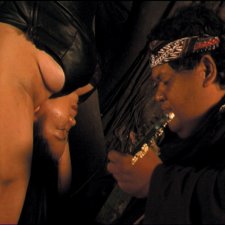
Born in Surakarta (Solo), Indonesia in 1969, Melati Suryodarmo’s first degree was in international relations.

Alexandra Roginski gets a feel for phrenology’s fundamentals.
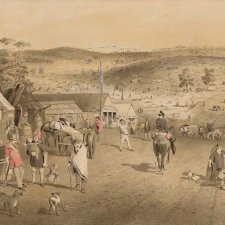
Some years ago my colleague Andrea Wolk Rager and I spent several days in the darkened basement of a Rothschild Bank, inspecting every one of the nearly 700 autochromes created immediately before World War I by the youthful Lionel de Rothschild.
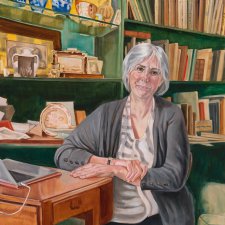
Inga Walton sheds light on a portraiture collection usually only seen by students and teachers at Melbourne University.
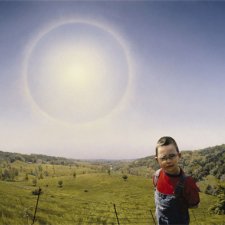
Australia's former Cultural Attache to the USA, Ron Ramsey, describes the mood at the opening week of the revitalised American National Portrait Gallery.
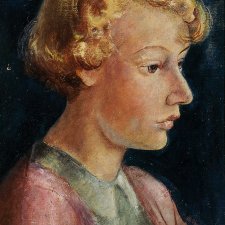
Traudi Allen discovers sensitivity, humour and fine draughtsmanship in the portraiture of John Perceval.

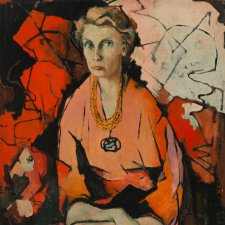
Diana Warnes explores the lives of Hal and Katherine 'Kate' Hattam through their portraits painted by Fred Williams and Clifton Pugh.
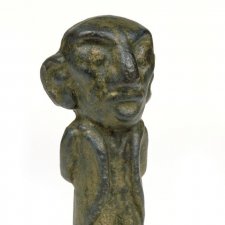
A toast to the acquisition of an unconventional new portrait of former Prime Minister, Stanley Melbourne Bruce.
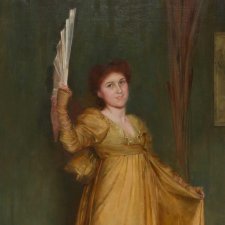
Dr. Sarah Engledow discovers the amazing life of Ms. Hilda Spong, little remembered star of the stage, who was captured in a portrait by Tom Roberts.
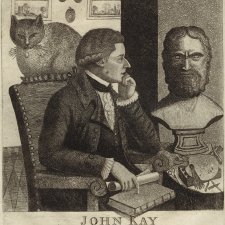
Joanna Gilmour presents John Kay’s portraits of a more infamous side of Edinburgh.
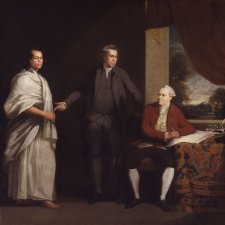
Representations of the inhabitants of the new world expose the complexities of the colonisers' intentions.
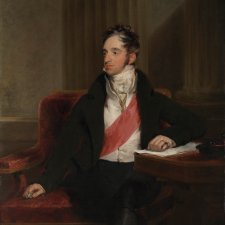
Angus Trumble salutes the glorious portraiture of Sir Thomas Lawrence.
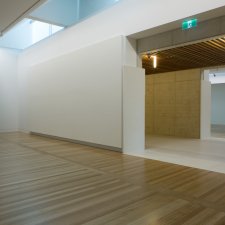
Christopher Chapman highlights the inaugural hang of the new National Portrait Gallery building which opened in December 2008.
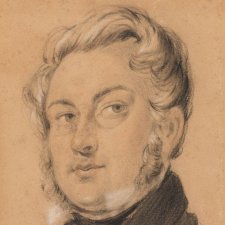
Whether the result of misadventure or misdemeanour, many accomplished artists were transported to Australia where they ultimately left a positive mark on the history of art in this country.
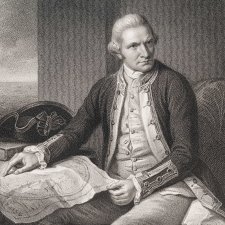
A focus on Indigenous-European relationships underpins Facing New Worlds. By Kate Fullagar.
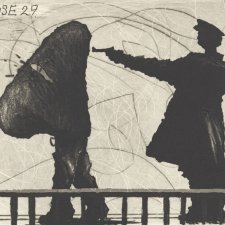
In the exhibition William Kentridge: Drawn from Africa at the National Gallery of Australia, the artist marries Gogol's Tsarist Russia, with that of Stalin and the damaging history of his homeland, South Africa.
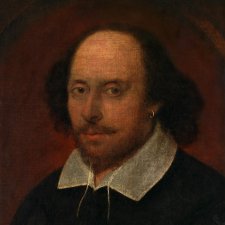
Joanna Gilmour travels through time to explore the National Portrait Gallery London’s masterpieces in Shakespeare to Winehouse.

Several years ago I came across this curious painting on the racks in a distant, dusty corner of the store room in the basement of the Johannesburg Art Gallery in South Africa. Since then the mystery surrounding it has never been far from my mind.
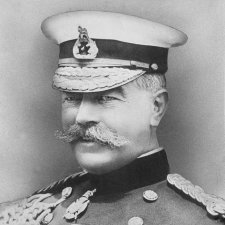
Sarah Engledow bristles at the biographers’ neglect of Kitchener’s antipodean intervention.
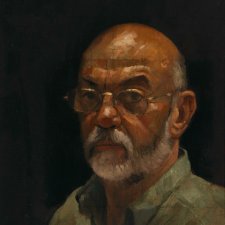
Sarah Engledow chronicles Rick Amor's work and accomplishments in this extensive essay in conjunction with the exhibition Rick Amor: 21 Portraits.

Sharon Peoples contemplates costumes and the construction of identity.
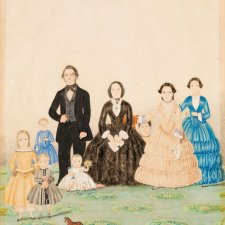
Jo Gilmour uncovers endearing authenticity in the art of a twice-transported Tasmanian.
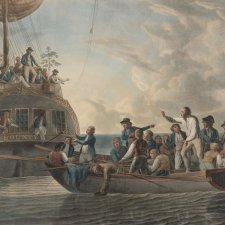
Joanna Gilmour explores the 1790 portrait of William Bligh by Robert Dodd.
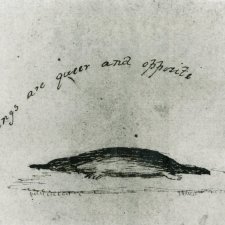
The southern winter has arrived. For people in the northern hemisphere (the majority of humanity) the idea of snow and ice, freezing mist and fog in June, potentially continuing through to August and beyond, encapsulates the topsy-turvidom of our southern continent.

Joanna Gilmour explores the fact and fictions surrounding the legendary life of Irish-born dancer Lola Montez.

Dr. Sarah Engledow discusses a collection of drawings and prints by the Victorian artist Rick Amor acquired in 2005.
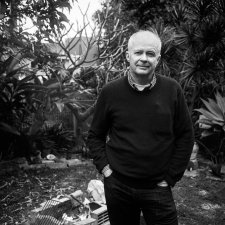
It’s a matter beyond dispute that in the entire history of Australian art, it’s Noel McKenna who’s painted the liveliest rendition of the head of a Chihuahua.
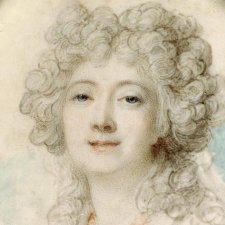
Joanna Gilmour looks beyond the ivory face of select portrait miniatures to reveal their sitters’ true grit.

John Singer Sargent: a painter at the vanguard of contemporary movements in music, literature and theatre.
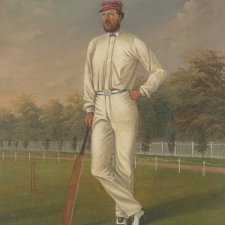
The tragic tale of Tom Wills, the ‘inventor’ of Australian Rules Football.
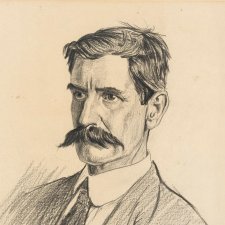
Sarah Engledow ponders the divergent legacies of Messrs Kendall and Lawson.
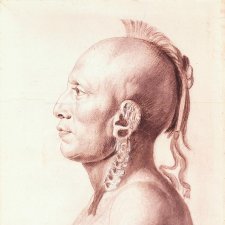
Joanna Gilmour examines the prolific output of Charles Balthazar Julien Févret de Saint-Mémin, and discovers the risk of taking a portrait at face value.
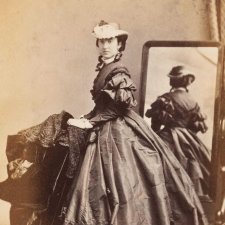
The death of a gentlewoman is shrouded in mystery, a well-liked governor finds love after sorrow, and two upright men become entangled in the historical record.
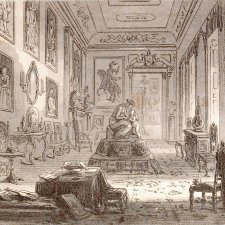
It may seem an odd thing to do at one’s leisure on a beautiful tropical island, but I spent much of my midwinter break a few weeks ago re-reading Bleak House.
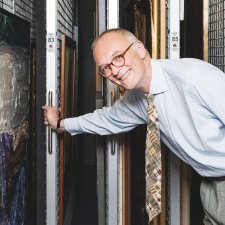
This is my last Trumbology before, in a little more than a week from now, I pass to my successor Karen Quinlan the precious baton of the Directorship of the National Portrait Gallery.
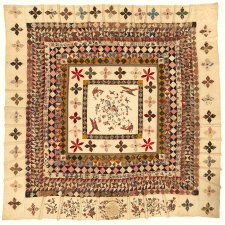
The Rajah Quilt’s narrative promptings are as intriguing as the textile is intricate.
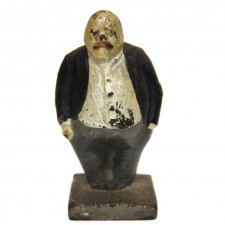
Sarah Engledow explores the history of the prime ministers and artists featured in the exhibition.